The purpose-built train tracks leading directly into the camp still remain. Here a grim selection process took place with 70% of those who arrived herded directly into gas chambers. Those selected as fit for slave labour lived in squalid, unheated barracks where starvation, disease and exhaustion accounted for countless lives. With the Soviets advancing, the Nazis attempted to hide all traces of their crimes. Today little remains, with all gas chambers having been dynamited and living quarters levelled. Climb the tower of the main gate for a full impression of the complex’s size. Directly to the right lie wooden barracks used as a quarantine area, while across on the left hand side lie numerous brick barracks which were home to the penal colony and also the women’s camp. At the far end of the camp lie the mangled remains of the crematoria, as well as a bleak monument unveiled in 1967. After a comparably brief guided tour of the camp, visitors are left to wander and reflect on their own before catching the return bus to Auschwitz I.



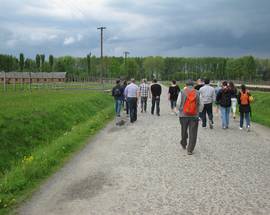
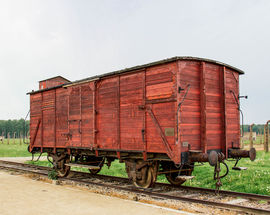
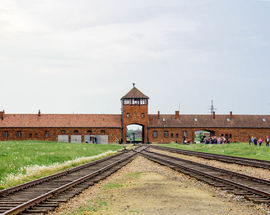
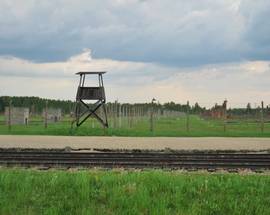
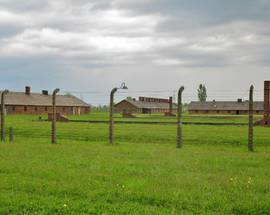


Comments